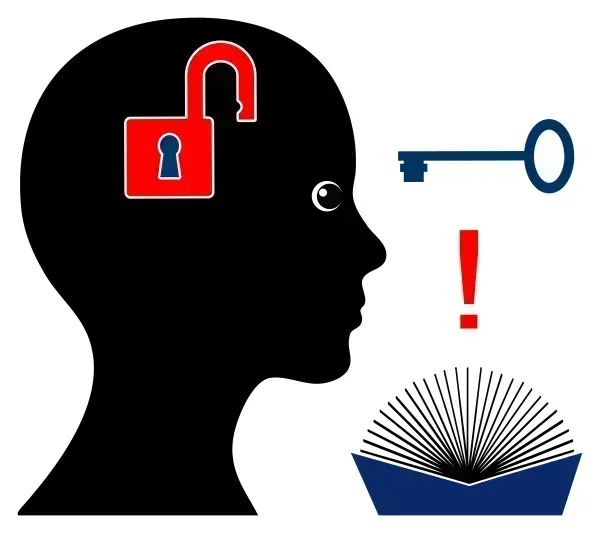Define Chronic Illness Before Changing MDM
Question: If a patient only has one chronic problem that is not worsening but is not responding to treatment, is this counted as a stable chronic illness under number and complexity of problems? If so, does this only rise to a low level in this element of medical decision making (MDM)? Or is there a way to document it to make it moderate? AAPC Forum Participant Answer: According to CPT®’s definitions for the elements of MDM for office/outpatient evaluation and management (E/M) services, a stable chronic illness “is defined by the specific treatment goals for an individual patient. A patient who is not at his or her treatment goal is not stable, even if the condition has not changed and there is no short-term threat to life or function.” The definition also goes on to note that chronic conditions are also not stable “if the patient is asymptomatic [and] the risk of morbidity without treatment is significant.” In other words, a patient who has a chronic illness that is not worsening but that is “progressing with an intent to control progression and requiring additional supportive care,” cannot be regarded as stable. The condition must then be placed in the chronic illness with exacerbation, progression, or side effects of treatment category of the number and complexity of problems element of MDM — the moderate level of that element. Given these definitions, providing your physician has documented the patient’s treatment goals, that the patient is not meeting those goals, and that the patient needs more treatment to achieve those goals, and providing one of the other two MDM elements in the encounter also rises to the moderate level, you can go ahead and code 99204/99214 (Office or other outpatient visit for the evaluation and management of a new/ established patient, which requires a medically appropriate history and/or examination and moderate level of medical decision making …) for this patient encounter.




